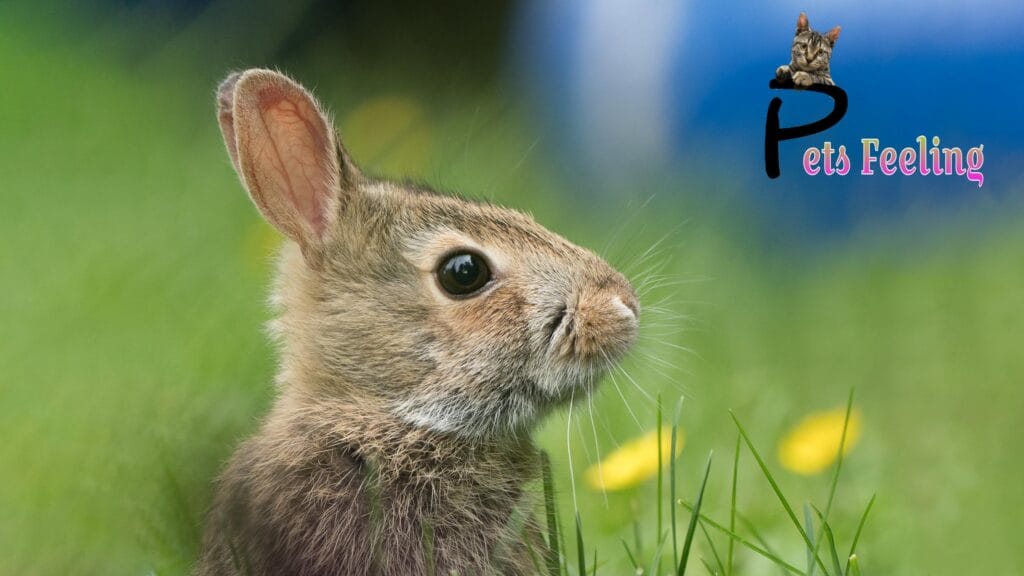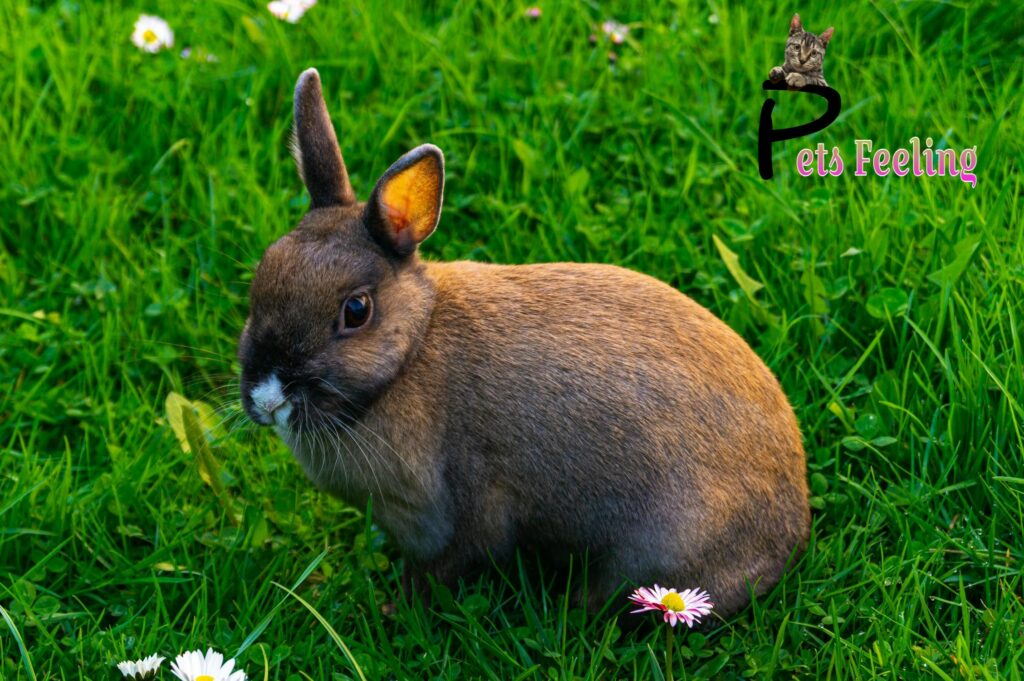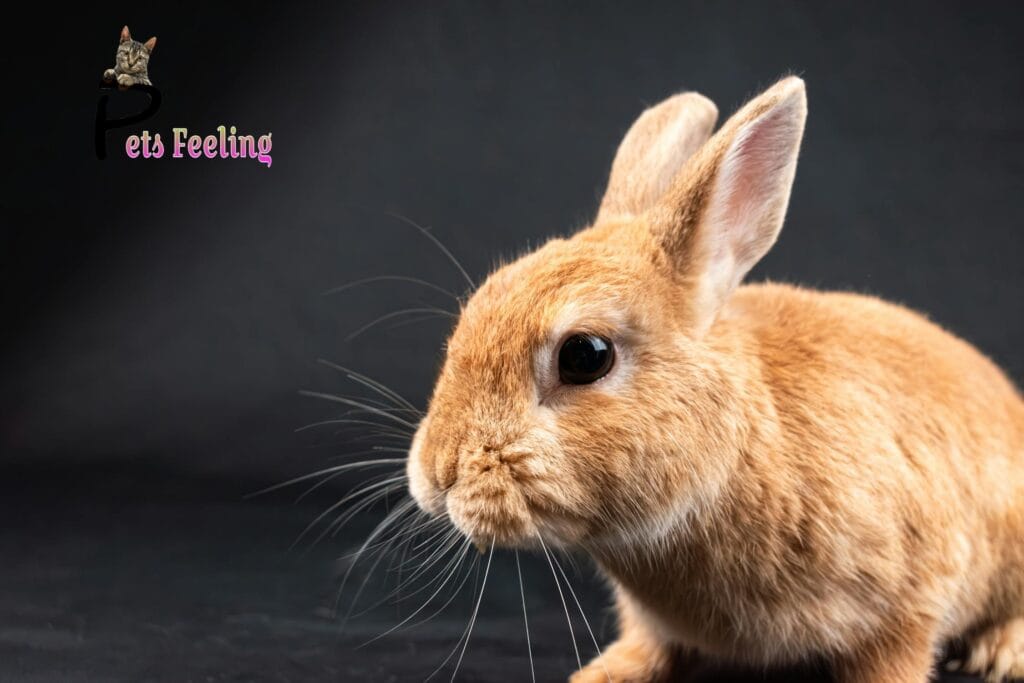5 Important Steps to Taking Care of a Rabbit
Thinking about getting a rabbit? Taking care of one can be very rewarding. But, it’s important to know their special needs and give them the best care. In this guide, we’ll cover the 5 key steps to help your rabbit thrive at home. Are you ready to start a journey of rabbit ownership that will bring joy to you and your new friend? ( rabbit care )
Key Takeaways
- Understand the specific dietary requirements of rabbits, including the importance of a hay-based diet.
- Create a safe and comfortable living space that caters to your rabbit’s natural behaviors and needs.
- Establish a reliable healthcare routine to maintain your rabbit’s overall health and wellbeing.
- Learn the proper techniques for grooming and handling your rabbit to keep them happy and stress-free.
- Prioritize bonding and socialization to foster a strong, trusting relationship with your rabbit.

Understanding Rabbit Needs
Rabbits have special needs for food and living spaces. It’s important to give them the right food and place to live. This helps them stay healthy and happy. ( rabbit care )
Dietary Requirements
Hay is key in a rabbit’s diet. It keeps their digestive system healthy and helps their teeth grow. They also need fresh veggies and a bit of rabbit pellets. This mix makes a good rabbit diet. ( rabbit care )
Housing and Environment
The size of a rabbit’s home is very important. They need room to move, stretch, and play. Their cage should be big enough for them to stand up without hitting the top. A comfy and fun rabbit environment is key for their health and happiness. ( rabbit care )
- Offer a variety of bedding materials, such as hay, shredded paper, or wood shavings, to create a soft and absorbent surface.
- Include hiding spots, perches, and toys to encourage natural exploration and play.
- Ensure the rabbit housing is well-ventilated and protected from extreme temperatures and drafts.
By knowing and meeting rabbits’ special food and living needs, you can give them the care they need. This lets them live well and bring joy to your home. ( rabbit care )
Providing a Balanced Rabbit Diet
Rabbits need a special diet to stay healthy. As a rabbit owner, knowing what they eat is key. Let’s explore how to give them a balanced diet.
Hay is the main part of a rabbit’s diet, making up 80-90% of their calories. Timothy hay, orchard grass, and meadow hay are great choices. They give rabbits the fiber they need for their digestive system.
- Hay should be available to your rabbit 24/7, ensuring they can graze and chew as needed.
- Adding a bit of fresh veggies like leafy greens, carrots, and bell peppers can give extra vitamins and minerals.
- Only give a quarter cup of pellets a day. They have a lot of calories but not much fiber.
It’s also important to keep their water clean and fresh. Rabbits need water to stay hydrated and healthy.
“A balanced rabbit diet is the foundation for a happy, healthy bunny. By prioritizing hay, incorporating fresh veggies, and limiting pellets, you can ensure your rabbit receives the proper rabbit nutrition they need to thrive.” ( rabbit care )
Every rabbit is different, and their diet needs can change. Talk to your vet to make a diet plan that fits your rabbit’s needs and likes.
Creating a Rabbit-Friendly Living Space
It’s crucial to make your home safe and comfy for your rabbit. Rabbit-proofing and learning about litter training are key. They help make a happy and enriching space for your furry friend. ( rabbit care )
Rabbit Proofing Your Home
Rabbits are curious and full of energy. They can get into trouble if their space isn’t secure. Here’s how to rabbit-proof your home:
- Cover or block any exposed electrical cords and wires to prevent chewing and potential shock hazards.
- Secure bookcases, furniture, and other items that could be easily knocked over or climbed on.
- Remove or protect any plants that may be toxic to rabbits, such as lilies, azaleas, and ivy.
- Provide designated chew toys and scratch surfaces to redirect your rabbit’s natural instincts.
- Ensure all doors and windows are properly secured to prevent your rabbit from escaping.

Litter Training Basics
Litter training your rabbit makes their space nicer for both of you. Place a litter box in a quiet spot. Use safe litter like timothy hay or paper-based litter. Encourage your rabbit by putting some of their droppings in it. ( rabbit care )
Be patient and keep trying during litter training. It might take time. Reward them with treats when they use the litter box. Clean up any accidents quickly to teach them the right behavior. ( rabbit care )
| Rabbit Housing Essentials | Rabbit Litter Training Tips |
|---|---|
| Spacious and secure enclosure Comfortable bedding Hiding spots and perches Chew toys and scratch surfaces | Use a rabbit-safe litter Provide a designated litter box Reward good litter box behavior Be patient and persistent |
By rabbit-proofing your home and sticking to a litter training routine, you can make a safe and comfy space for your rabbit.
Grooming and Handling Your Rabbit
Proper rabbit grooming is key for your pet’s health and happiness. Regular brushing stops matting and takes away extra fur. Nail trimming keeps their paws healthy. It’s also important to handle your rabbit right for their safety and yours. ( rabbit care )
Brushing and Nail Trimming
Get a soft-bristle rabbit brush and groom your bunny weekly. This keeps their coat shiny and healthy. Be gentle and patient, as rabbits are sensitive.
Trim your rabbit’s nails every 4-6 weeks to avoid discomfort. Use sharp, safe clippers and hold them firmly but calmly. Don’t cut the quick to avoid bleeding. ( rabbit care )
- Brush your rabbit regularly to prevent matting and remove excess fur
- Trim your rabbit’s nails every 4-6 weeks to maintain their foot health
- Use a soft-bristle brush and pet-safe nail clippers for a stress-free grooming experience
Remember, proper rabbit grooming and handling are essential for your pet’s well-being. Take the time to get your rabbit comfortable with these essential grooming practices. ( rabbit care )
Rabbit Care: Ensuring Health and Happiness
Keeping your rabbit healthy and happy is key. As a rabbit owner, watch for signs of health and know when to see a vet. This helps your rabbit live well in their home. ( rabbit care )
Recognizing a Healthy Rabbit
A healthy rabbit looks alert and has shiny fur. They should have clean eyes and eat well. Watching their poop and pee can also tell you how they’re doing. ( rabbit care )
Common Health Concerns
Rabbits face many health problems, like stomach issues and dental troubles. Seeing a vet regularly helps catch these early. Some common issues include: ( rabbit care )
- Digestive problems like hairballs or diarrhea
- Dental issues like overgrown teeth
- Respiratory infections
- Skin issues like mites

Addressing Behavioral Challenges
Rabbits are smart and social, but they can have bad habits. Knowing their natural behaviors helps fix these issues. Common problems include:
- Chewing too much or being destructive
- Being aggressive or marking territory
- Feeling anxious or scared
- Not using the litter box
Understanding and fixing these rabbit behaviors with kindness and rewards is important. It keeps your relationship with your rabbit strong and happy.
| Indicator | Healthy Rabbit | Potential Health Concern |
|---|---|---|
| Appetite | Consistent, steady | Decreased or erratic |
| Fecal Matter | Regular, well-formed | Diarrhea, small or misshapen |
| Fur and Skin | Shiny, clean, free of irritation | Dull, unkempt, or signs of skin issues |
| Activity Level | Energetic, engaging | Lethargic or withdrawn |
By being informed and careful, you can keep your rabbit healthy and happy for life. Regular vet visits, a good diet, and a fun home are key to caring for your rabbit. ( rabbit care )
Bonding and Socializing with Your Rabbit
Rabbits love to be around others and enjoy interaction. Building a strong bond with your rabbit is key to their happiness. Whether you’re welcoming a new rabbit or deepening your bond with your current one, these tips can help. ( rabbit care )
Introducing Rabbits Safely
When you bring a new rabbit home, do it carefully. Rabbit bonding needs time and patience, but it’s worth it. Begin by letting the rabbits get to know each other’s scent in a neutral spot. Then, slowly introduce them while watching closely. Make sure they have enough space and positive rewards for a smooth start. ( rabbit care )
- Choose a neutral spot for the first meeting, away from their usual areas
- Start with short introductions, then gradually increase the time
- Watch for any signs of aggression and separate them if needed
- Use treats and praise to encourage good behavior
Teaching your rabbits to socialize takes time and effort. But seeing them bond is incredibly rewarding. With patience and the right steps, your rabbits can become lifelong friends. ( rabbit care )
Enriching Your Rabbit’s Environment
Keeping your rabbit’s mind and body active is key to their happiness. By adding different toys and activities, you can make their space fun and engaging. This helps prevent boredom and meets their natural behaviors.( rabbit care )
Toys for Mental Stimulation
Rabbits love to explore and solve problems. Give them rabbit toys that challenge their senses. Here are some good choices:
- Chew toys: Wooden blocks, cardboard tubes, and ropes made from natural fibers let rabbits chew and exercise their jaws.
- Puzzle feeders: These toys hide treats, making rabbits work to get them. It’s great for their foraging instincts.
- Digging boxes: A shallow box filled with hay, shredded paper, and cardboard lets rabbits dig and burrow.
Engaging Activities
There are also many rabbit activities to keep them active. Here are a few ideas:
- Hay bale exploration: Create a small area with hay bales for rabbits to climb, jump, and hide.
- Obstacle courses: Use cardboard boxes, tubes, and ramps to make a simple course for rabbits to explore.
- Foraging opportunities: Hide rabbit enrichment treats like small veggies or herbs for rabbits to find.
By adding rabbit toys, activities, and enrichment, you can make a fun and engaging space. This keeps your rabbit happy, engaged, and mentally sharp. ( rabbit care )
Addressing Common Rabbit Behavioral Issues
Owning a rabbit can be very rewarding, but it comes with its own set of challenges. Rabbits may exhibit behaviors like digging, chewing, or aggression. It’s important to understand and address these issues through positive training and proper handling.
Destructive Chewing
Chewing is natural for rabbits as their teeth grow continuously. But when they chew on your furniture or wires, it can be frustrating. Give your rabbit lots of chew toys and set aside areas for them to chew, like a play pen or chewing zones.
Digging and Burrowing
Rabbits love to dig and burrow, which can damage your home. To stop this, create a digging area like a sandbox or a tub with hay or shredded paper. Change these areas often to keep your rabbit busy and prevent damage.
Aggressive Behavior
Rabbits may show aggressive behaviors like nipping or becoming territorial. These can come from fear, stress, or lack of socialization. Use positive training to build trust and confidence. Also, make sure your rabbit gets proper handling and interaction.
Understanding and addressing these common issues can make your relationship with your rabbit very rewarding. Use environmental enrichment, positive training, and proper handling to create a harmonious bond. ( rabbit care )
Conclusion
Providing great care for your rabbit means knowing their special needs and behaviors. By following the steps in this article, you can make a safe and happy home for them. It’s also important to think about adopting a rabbit and getting the right rabbit supplies for their well-being.
Looking after a rabbit is a rewarding job that needs your full commitment. With the right food, a good home, grooming, and social time, you can build a strong bond. This bond will let you see their amazing personalities grow. Being a caring rabbit guardian will bring joy and laughter to your home for years.
If you’re new to rabbit care or already have one, this guide has the key information for your rabbit’s health and happiness. Always put your rabbit’s well-being first. By doing so, you’ll have a rewarding and lasting relationship with your rabbit.
FAQ
What are the essential components of a balanced rabbit diet?
A balanced rabbit diet includes high-quality hay, fresh veggies, and a bit of commercial pellets. Hay should be the main part of their diet, giving them fiber and nutrients. Offer fresh veggies like leafy greens and carrots every day. But, only give pellets in small amounts to prevent weight gain.
How can I create a safe and comfortable living space for my rabbit?
To make a safe space for your rabbit, get a big cage or a room. It should be well-ventilated with good bedding, hiding spots, and toys. Also, make sure your home is rabbit-proof by covering wires and removing harmful plants. Give them chew toys to keep them from chewing on things they shouldn’t.
What are the most important aspects of rabbit grooming?
Grooming is key for your rabbit’s health and happiness. Brush their fur to avoid mats and hairballs. Trim their nails to keep their feet healthy. Sometimes, they might need a bath if they get dirty. Grooming also helps you bond with your rabbit and spot any health problems.
How do I introduce a new rabbit to my household?
Introducing a new rabbit to your home needs a slow and careful approach. Start by letting them get used to each other’s smells. Then, let them meet in a neutral area under your watch. Make sure they have enough space and positive rewards to help them get along.
How can I address common behavioral issues in my rabbit?
Rabbits might show bad behaviors like digging, chewing, or being aggressive. The best way is to find out why they’re doing it and fix it. Use positive training, add fun things to their environment, and handle them gently. If you need help, talk to a vet or a rabbit behavior expert.

IMPORTANT ADDITIONS
Edited on , 11 OCT ,2024
read more articles : https://petsfeeling.com/blog-2/
social media :
facebook : https://www.facebook.com/PetsFeeling0/
tiktok : https://www.tiktok.com/@pets.feeling
instagram : https://www.instagram.com/pets._.feeling/
youtube : https://www.youtube.com/@Pets-Feeling

